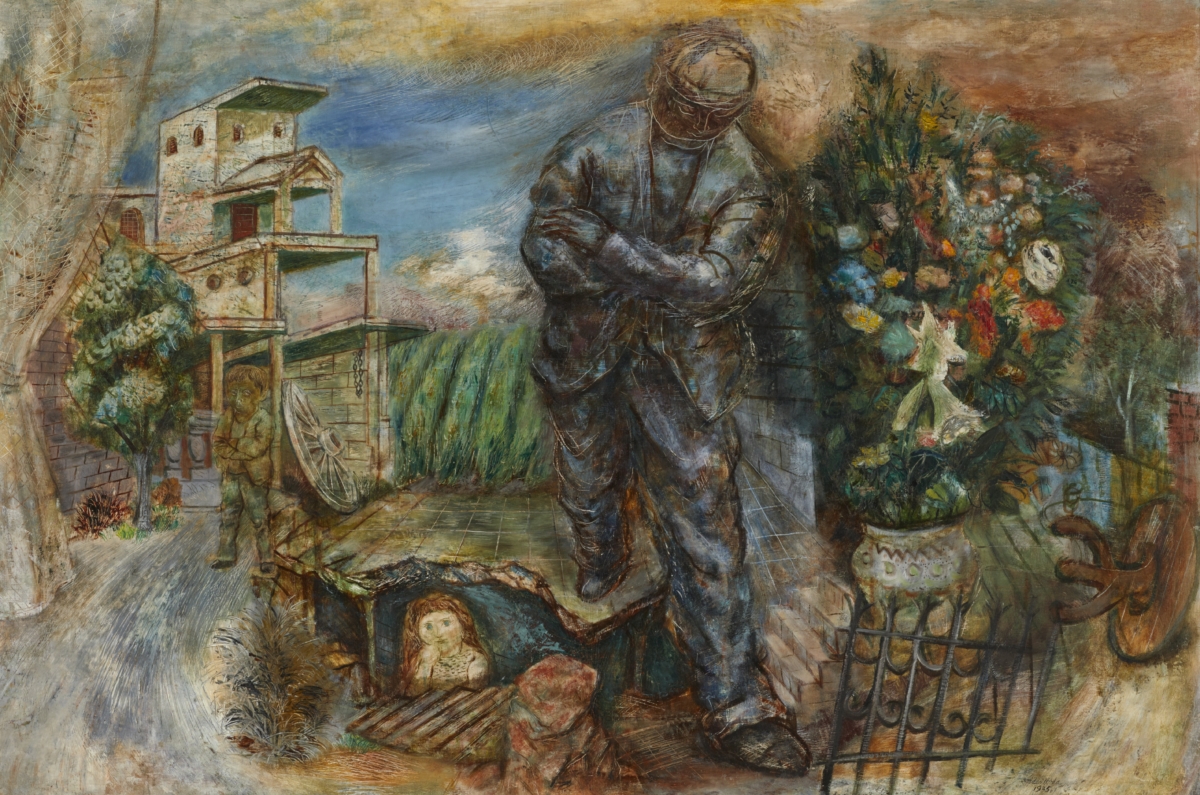
Hideo Benjamin Noda
Born in Santa Clara, California, as a child of Japanese immigrants with the American name Benjamin. In 1911, at the age of three, Noda was sent to his uncle in Kumamoto to receive Japanese education. In 1926, after graduating from the prefectural Kumamoto Middle School, he returned to the United States just before turning 18. In 1929, he attended the California School of Fine Arts in San Francisco, where he deepened friendships with Takeo Terada, Miki Hayakawa, and Henry Sugimoto. During this period, he worked as an assistant to Diego Rivera, who was at the school for a mural painting project. In 1931, he studied mural and tempera painting at the Art Students League in New York. There, he was influenced by socialist realism through artists like John Sloan, George Grosz, and Eitaro Ishigaki. In the early 1930s, he was active both in San Francisco and New York, and in 1933, he assisted Diego Rivera in creating the mural in the Rockefeller Center. In 1934, he was invited to exhibit at the Second Biennial Exhibition of Contemporary American Painting at the Whitney Museum, and the work was purchased by the museum. He also created murals for the Work Progress Administration (WPA). In December 1934, Noda came back to Japan, holding his first solo exhibition in Ginza, Tokyo. He also exhibited at the 22nd Nika Exhibition. From the following year to 1937, he was back in the United States, but afterward, he returned to Japan via Europe and lived in the artist colony called Ikebukuro Montparnasse in Tokyo. In 1938, diagnosed with a brain tumor, Noda died at the young age of 30.
- Hideo Noda, "Way Home" :
- 1935, Oil on canvas, The National Museum of Modern Art, Tokyo
